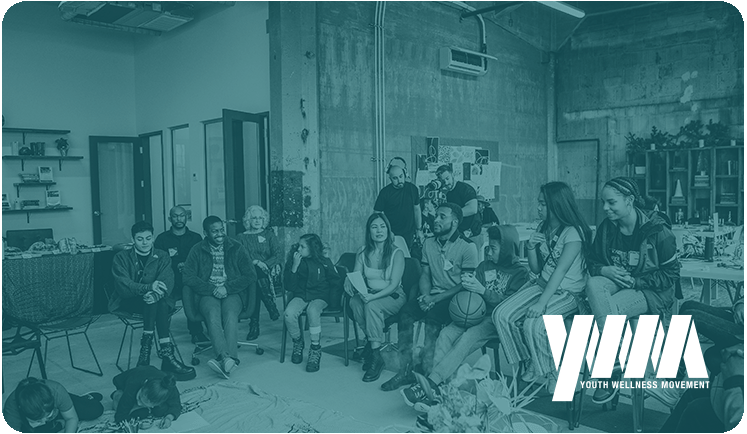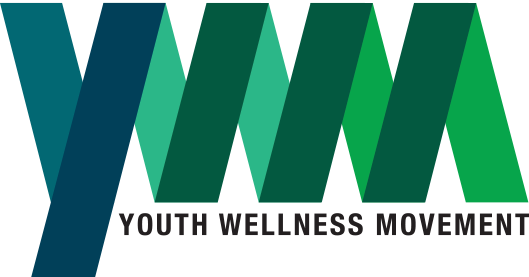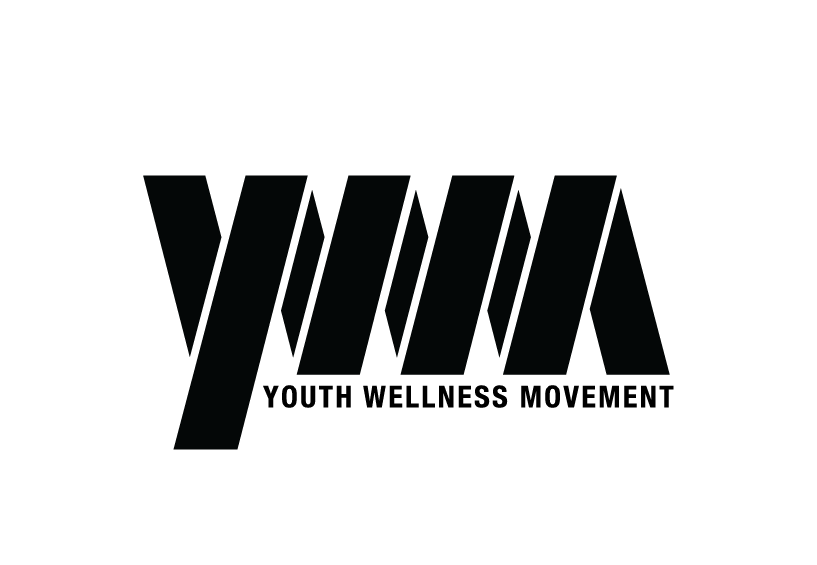Critical Media Literacy in Wellness

1 Part Video – Total Time: 9:06
By Aldrich Sabac
This unit allows students to explore the intersections of critical media literacy and wellness by allowing students to identify the dangers of misinformation, and toxicity of social media and technological devices in relation to our own wellness. Students will share their understandings and experiences, learn ways to spot misinformation, and become more aware of the devices that we use everyday. At the end of the unit students will reflect on what they learned, and will research and present on media companies to rate the information being dispersed and the purpose of these companies.
-
Focus
- Research Questions
- Goals
- Rationale
- Frameworks
- Methods
Critical Media Literacy and Wellness
1. How is the pandemic affecting students’ mental, physical, emotional, and spiritual health? (Ideological, institutional, interpersonal, internalized)
2. What do students need to feel and be well? (Inner self, interpersonal, interconnectedness)
3. What do/can teachers do to support the well-being of students? How do/can schools support the well-being of students and teachers? (Inner self, interpersonal, interconnectedness)
- To help students better identify and spot misinformation
- To make a connection between social media, technology, and the wellness of young people.
- To allow for more critical thinking and exploration when encountering news, journalism, and/or other media content
There is a need for research to be conducted on the wellness of Students of Color in relation to critical media literacy, social media, and technological devices.
- Tech companies are not held accountable for the content they allow to be released.
- Divisive content
- Misinformation
- Missing context
- Apolitical/ahistorical content
- Young Students of Color from impoverished communities only have their phones to rely on.
- Districts often use this as an excuse to not provide physical computers.
- Students are rarely if ever taught how their devices can be used to benefit their own and their community’s wellness.
- Students who often only rely on their phones run out of data, and do not have WiFi access.
- It is becoming more and more apparent that there is a need for critical media literacy education, especially in relation to wellness.
- Young people are often not taught how to interpret media in all forms.
Critical Media Literacy
Pre and post survey (Quantitative Data Collect)
YPAR/Summative Project
Public Service Announcement
Student interviews in small focused groups (Qualitative Data Collection)
Student interviews as a class
About Aldrich Sabac
Aldrich Limpin Sabac is an English, ELD, and Ethnic Studies teacher at his alma mater Edison High School in Southside, Stockton, California. He received his B.A. in Asian American Studies and his B.A. in Sociology from San Francisco State University. He then received his teaching credentials and Master in Education from the University of California, Los Angeles. He has produced curriculum for: the PBS Asian American Docuseries, Journey for Justice: The Life of Larry Itliong book, and California Department of Education’s Assembly Bill 123: Filipino American Contributions to the Farm labor Movement. He is also the English Department Chair at Edison High, former teacher with the Little Manila After School Program, and co-founder of the Stockton Unified School District’s Ethnic Studies Steering Committee.


